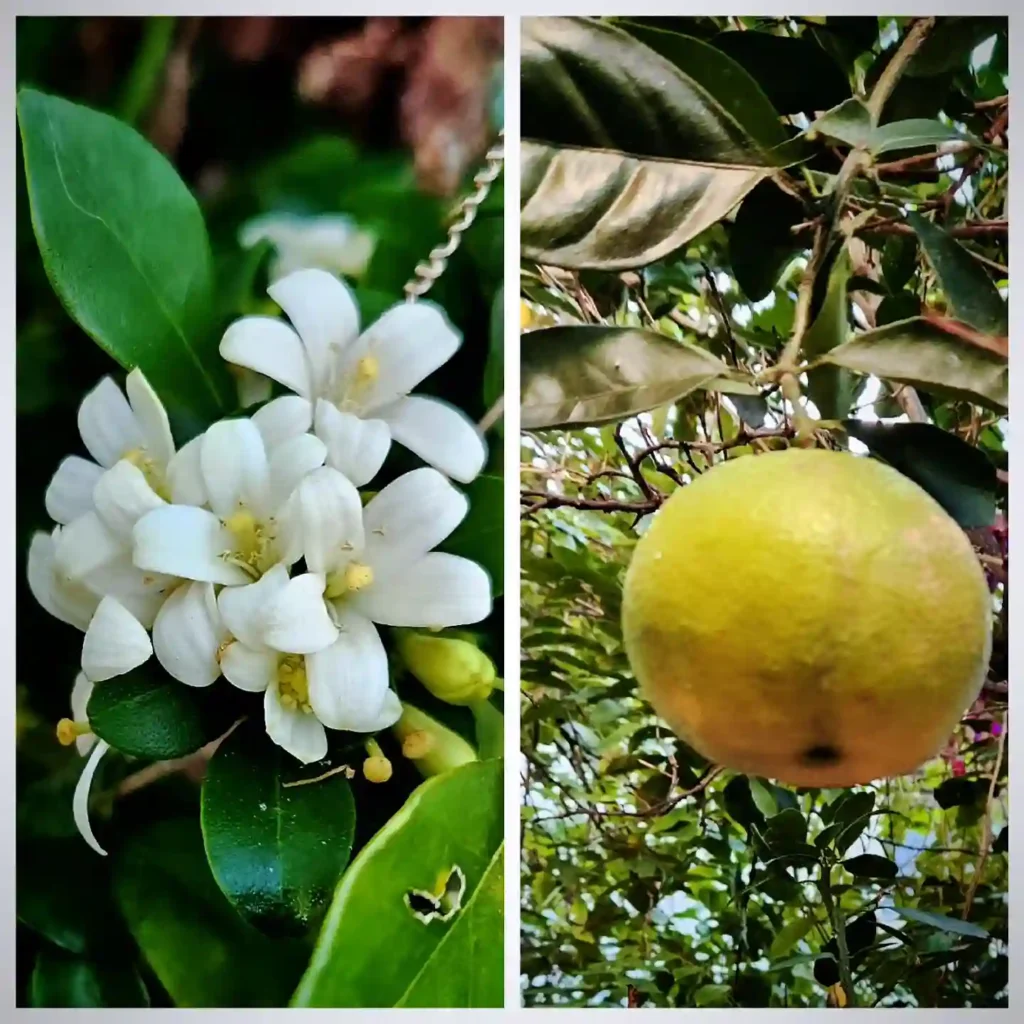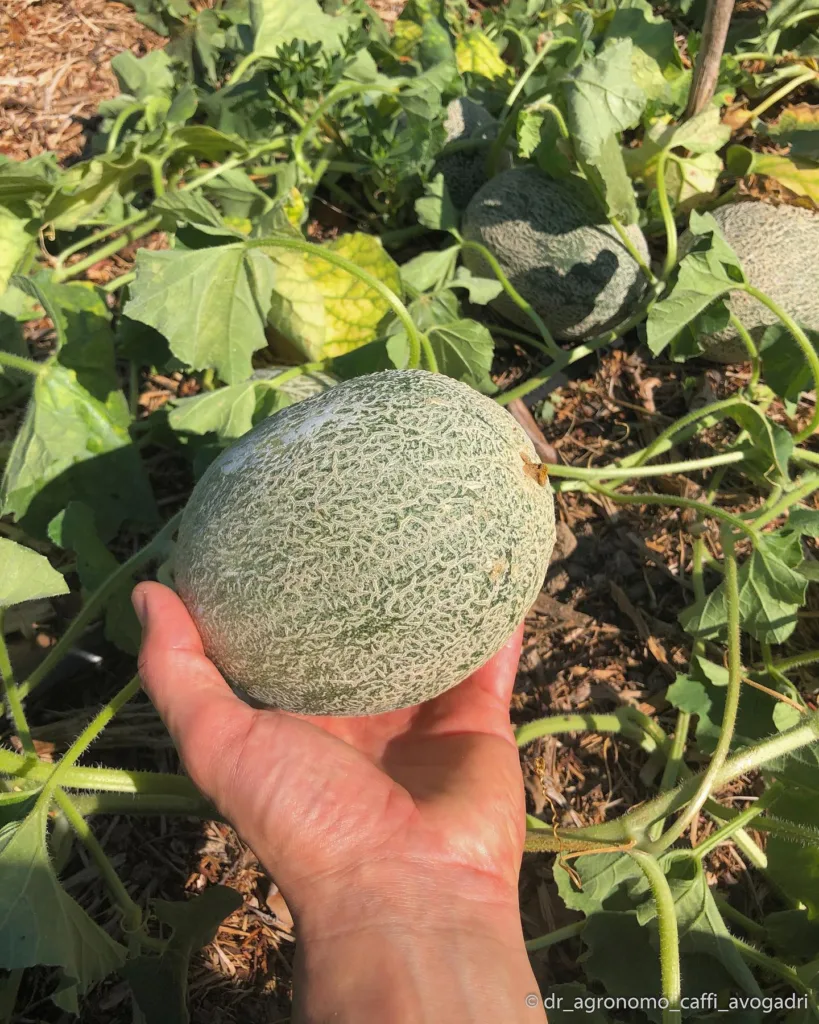What Is Dendrobium Aggregatum?
Dendrobium Aggregatum, a synonym of Dendrobium Lindleyi, is a striking orchid species known for its compact growth and beautiful yellow, orange, or pink flowers. Native to Southeast Asia, this orchid is a popular choice for enthusiasts due to its stunning appearance and relatively manageable care requirements. It typically forms a small, bushy plant with thin, reed-like stems that can produce multiple flowering spikes.
1621 Species in Genus Dendrobium
How to Care for Dendrobium Aggregatum?
Caring for Dendrobium Aggregatum involves understanding its specific needs to keep it healthy and thriving. Here’s a guide based on my experiences:
Light: Dendrobium Aggregatum thrives in bright, indirect light. A spot near a window where it gets filtered sunlight is ideal. Direct sunlight can scorch the leaves, so be cautious with exposure.
Watering: This orchid prefers to be on the drier side compared to other orchids. Water it thoroughly when the top inch of soil feels dry. During the winter months, reduce watering as the plant’s growth slows down. Overwatering can lead to root rot, so ensure proper drainage.
Humidity: Dendrobium Aggregatum enjoys higher humidity levels. Aim for around 50-60% humidity. In drier climates, using a humidity tray or a room humidifier can help maintain the right moisture levels.
Temperature: It prefers intermediate temperatures, typically between 60-80°F (15-27°C). Avoid exposing the plant to temperatures below 50°F (10°C) as it can be detrimental.
Fertilization: Feed your orchid with a balanced, water-soluble orchid fertilizer every 2-3 weeks during the growing season (spring and summer). Reduce feeding frequency during the winter months when the plant’s growth slows down.
When to Repot Dendrobium Aggregatum?
Repotting Dendrobium Aggregatum is generally required every 2-3 years or when the plant outgrows its pot. Signs that it’s time to repot include:
- Root Overgrowth: If roots are growing out of the drainage holes or if the plant’s growth appears stunted, it may need a larger pot.
- Soil Degradation: Orchid media can break down over time, leading to poor drainage. Repotting in fresh orchid mix can rejuvenate the plant.
- Plant Health: If you notice that the plant is not thriving despite proper care, repotting might help address issues with root health or soil conditions.
Repotting is best done after the blooming period, usually in late winter or early spring. Gently remove the plant from its pot, trim any dead or damaged roots, and place it in a new pot with fresh orchid mix.
How to Propagate Dendrobium Aggregatum?
Propagation of Dendrobium Aggregatum can be done through division. Here’s a step-by-step guide:
- Timing: The best time to divide your plant is during the spring or early summer, right after it finishes blooming.
- Preparation: Remove the plant from its pot and gently separate the root mass into smaller sections, each with at least 2-3 pseudobulbs.
- Re-potting: Place each division into a new pot with fresh orchid mix. Water lightly and keep the plant in a shaded, humid environment until it establishes itself.
Can You Grow Dendrobium Aggregatum Indoors?
Yes, you can grow Dendrobium Aggregatum indoors. The key is to mimic its natural habitat as closely as possible. Ensure it receives ample bright, indirect light, maintain humidity levels, and provide adequate air circulation. Indoor environments often benefit from humidity trays or room humidifiers to keep the orchid happy.
Is Dendrobium Aggregatum Toxic?
Dendrobium Aggregatum is not known to be toxic to humans or pets. However, as with any plant, it’s wise to keep it out of reach of small children and pets to prevent any accidental ingestion or allergic reactions.
Benefits of Growing Dendrobium Aggregatum
Growing Dendrobium Aggregatum offers several benefits:
- Aesthetic Appeal: Its vibrant and exotic flowers add a touch of elegance to any space.
- Air Purification: Orchids, including Dendrobium Aggregatum, can help improve indoor air quality by filtering pollutants.
- Low Maintenance: Compared to some other orchids, Dendrobium Aggregatum is relatively easy to care for, making it suitable for both beginners and experienced orchid growers.
Common Problems with Dendrobium Aggregatum
Despite its hardiness, Dendrobium Aggregatum can face some issues:
- Root Rot: Often caused by overwatering or poor drainage. Ensure the pot has adequate drainage and avoid waterlogging.
- Pest Infestations: Watch out for pests like spider mites and mealybugs. Regularly inspect the plant and treat any infestations promptly.
- Leaf Drop: This can occur due to sudden changes in light or temperature. Maintain consistent care to avoid stress on the plant.
Comparing Dendrobium Aggregatum with Other Orchids
Dendrobium Aggregatum can sometimes be confused with other Dendrobium species, such as Dendrobium Nobile. Unlike Dendrobium Aggregatum, Dendrobium Nobile typically has larger pseudobulbs and can tolerate a wider range of temperatures. Additionally, Dendrobium Nobile often has larger, more dramatic flowers compared to the smaller, more compact blooms of Dendrobium Aggregatum.
In summary, Dendrobium Aggregatum is a delightful orchid that, with the right care, can thrive both indoors and outdoors. Its manageable size and beautiful flowers make it a favorite among orchid enthusiasts. By following proper care guidelines, including watering, light, and repotting practices, you can enjoy this stunning plant for years to come.
If i die, water my plants!



